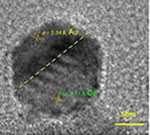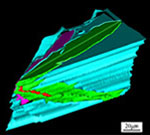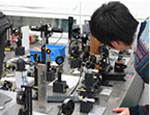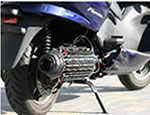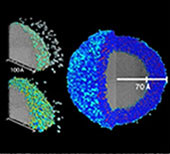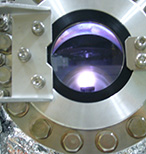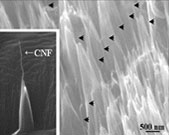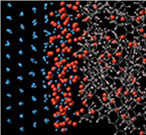Department Introduction
Fields
Materials Function and Design
A deep understanding of the physical properties of materials and the practical skills to apply that understanding are both vital to the development of advanced, high-performance materials.
The field of Materials Function and Design trains specialists in materials engineering with an emphasis on engineering that puts the properties of materials themselves to practical use.
In particular, cutting-edge materials which are also environmentally friendly are developed, including those used in clean energy such as fuel cells, solar cells, and thermoelectric conversion elements; spintronic materials that regulate the spins of electrons; and high-strength structural materials utilized in automobiles and aircraft.
Applied Physics
In order to solve problems related to energy and the environment, innovative materials must be developed and practical devices and systems must be designed.
In Applied Physics, students use a foundation of uniformly learned and extensive physical principles to analyze a variety of phenomena both within materials and in the environment?from the macroscopic level down to the microscopic world of atoms and molecules?which allows them to contribute to increasing the performance of those materials and developing them into practical technology.
Specific focus is given to simulation analysis techniques using supercomputers, techniques for nanoscale measurement and analysis, and techniques for nano-manufacturing and element production.
Department History
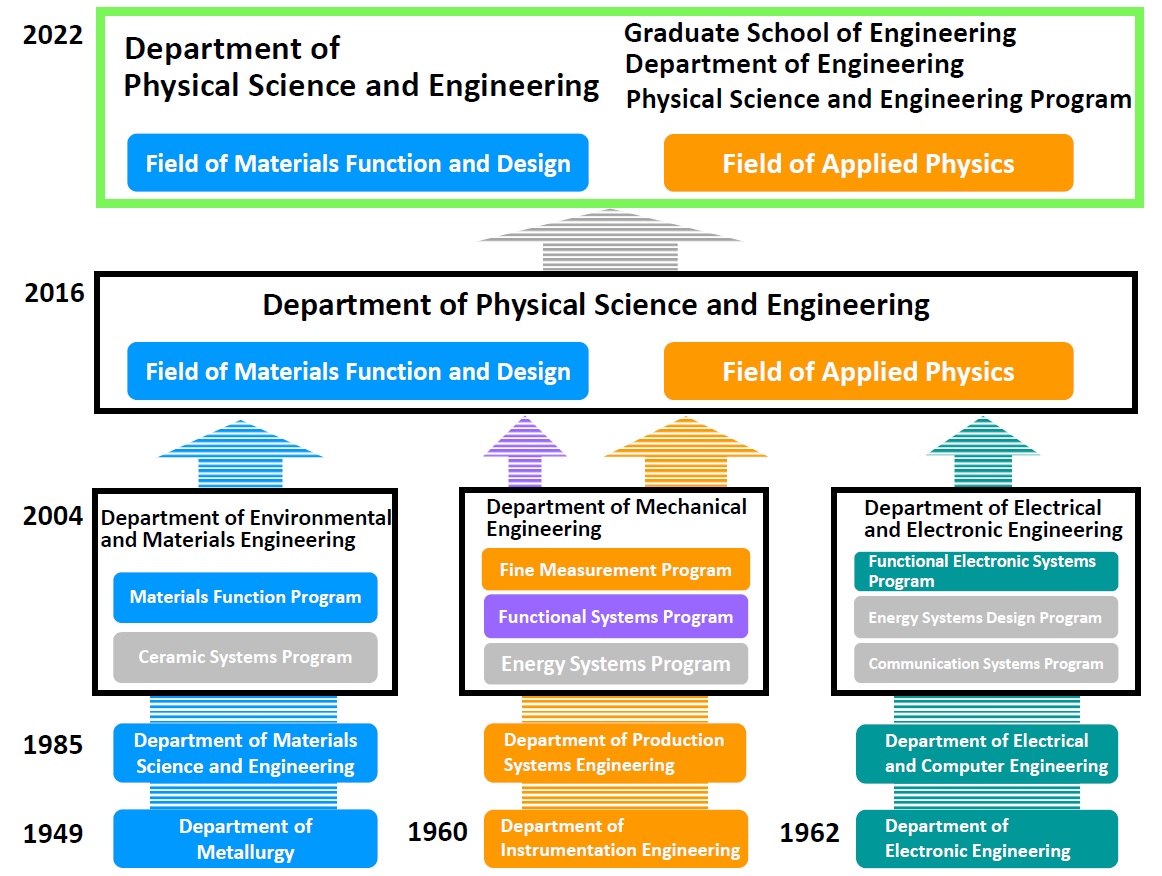
Curriculum
Courses Studied
Freshman
| Common Courses (Department) | Introduction to Physical Engineering, Fundamentals of Material Properties, Differential Equations and Physical Phenomena, Physical and Material Mathematics |
|---|---|
| Common Courses (School) | Freshman Seminar, Linear Algebra, Calculus with Seminar, Mechanics, Electrodynamics, Fundamental Chemistry, Academic English, English Seminar, Athletic Training,Seminar |
Sophomore
| Fundamental Courses | Materials Function and Design | Thermodynamics, Analytical Mechanics, Diffraction Crystallography, Materials Science, Physical and Material Mathematics, Quantum Mechanics, Material Equilibrium Theory, Transport Phenomena, Solid-State Physics, Microstructures of Materials, Mechanical Properties of Matter |
|---|---|---|
Applied Physics | Thermodynamics, Analytical Mechanics, Quantum Mechanics, Applied Electrodynamics, Instrumentation Engineering, Physical Mathematics, Statistical Mechanics, Continuum Mechanics | |
| Labs/Seminars | Applied Physics | Mechanics and Electrodynamics Seminar, Statistical Thermodynamics Seminar, Applied Physics Lab |
| Developmental Courses | Applied Physics | Applied Electrodynamics, Physical Mathematics, Instrumentation Engineering |
| Common Courses (School) | Physics Lab, Industrial Organization, Academic English | |
Junior
| Fundamental Courses | Materials Function and Design | Solid-State Physics |
|---|---|---|
Applied Physics | Solid-State Physics, Quantum Mechanics | |
| Labs/Seminars | Materials Function and Design | Functional Materials Engineering Seminar and Lab |
Applied Physics | Quantum Mechanics Seminar, Applied Physics Lab | |
| Developmental Courses | Materials Function and Design | Electric and Electronic Materials, Fractography, Electrochemistry, Reaction Kinetics, Energy Materials, Thermophysics, Fusion Process Engineering, Structural and Machine Materials, Magnetic Materials |
Applied Physics | Instrumentation Engineering, Simulation Engineering, Optics, Fluid Physics, Solid-State Physics, Quantum and Nanoscale Measurement | |
| Hands-On Training Seminar | ||
Senior
| Labs/Seminars | Materials Function and Design | Functional Materials Engineering Seminar |
|---|---|---|
| Developmental Courses | Applied Physics | Applied Process Engineering, Applied Optics |
| Senior Research | ||
Senior Research
Students personally operate sophisticated laboratory equipment and computers.
They then engage in discussions based on the results that they obtain, cultivating their ability to think as well as improving their presentation skills.
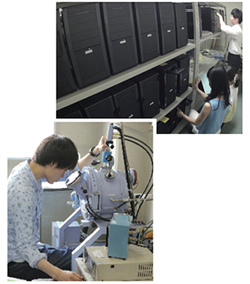
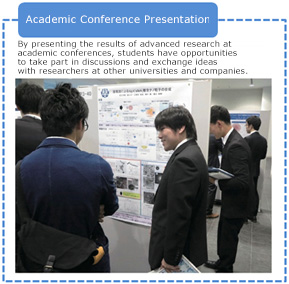
Courses required for graduation include both common education courses and technical training courses.
Introduced here are the technical courses offered by the Department of Environmental and Materials Engineering.
(For a brief explanation of the common education courses, please see the “Common Education Curriculum.”)

About
laboratory assignment or receiving research guidance:
Contact the staff whose research fits your interest.(Faculty
members' page)
About admissions:
Contact
the academic
affairs team.

